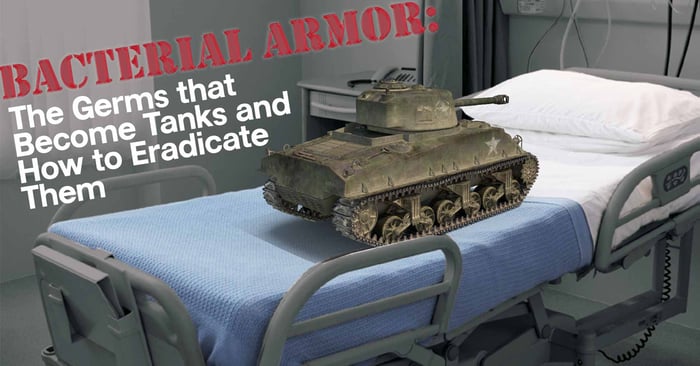2 min read.
Pathogens Can Become Resistant to Disinfectants?
Bacteria have been around for, oh, 3.5 billion years or so. They didn't achieve this longevity without collecting a few tricks up their sleeves....
![EOScu Logo - Dark - Outlined [07182023]-01](https://blog.eoscu.com/hubfs/Eoscu_June2024/Images/EOScu%20Logo%20-%20Dark%20-%20Outlined%20%5B07182023%5D-01.svg)













